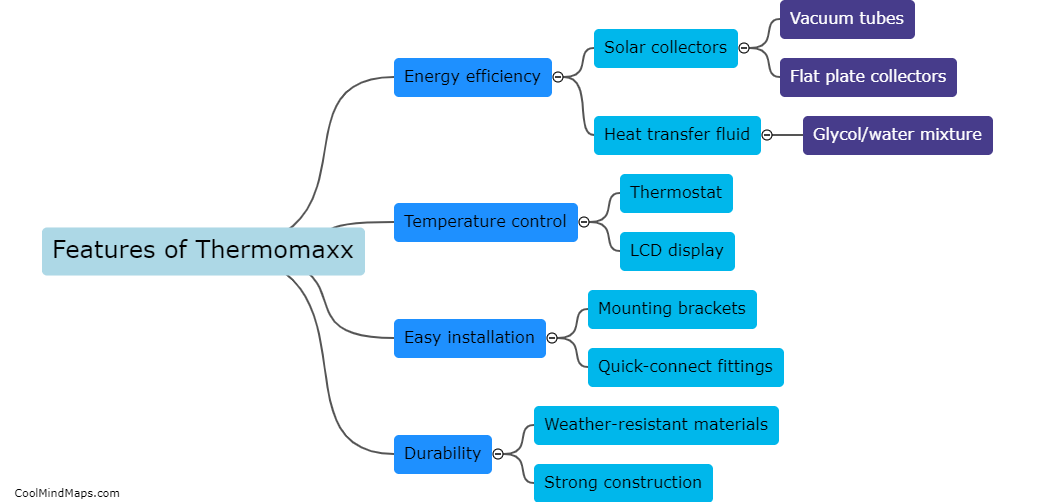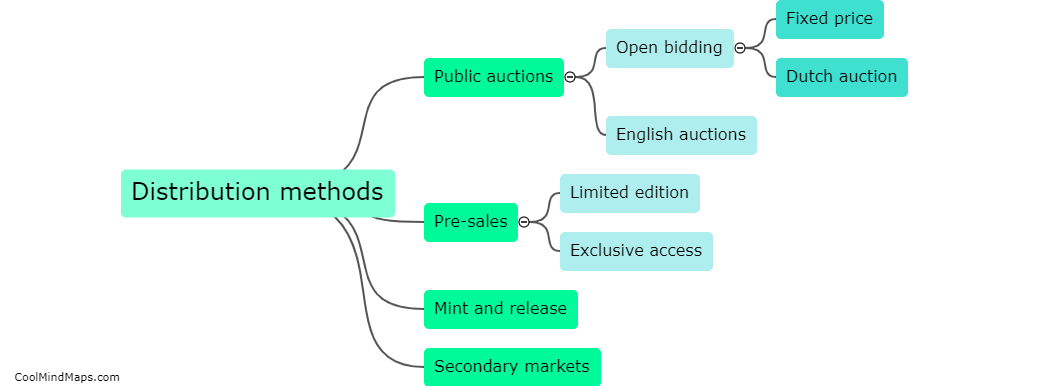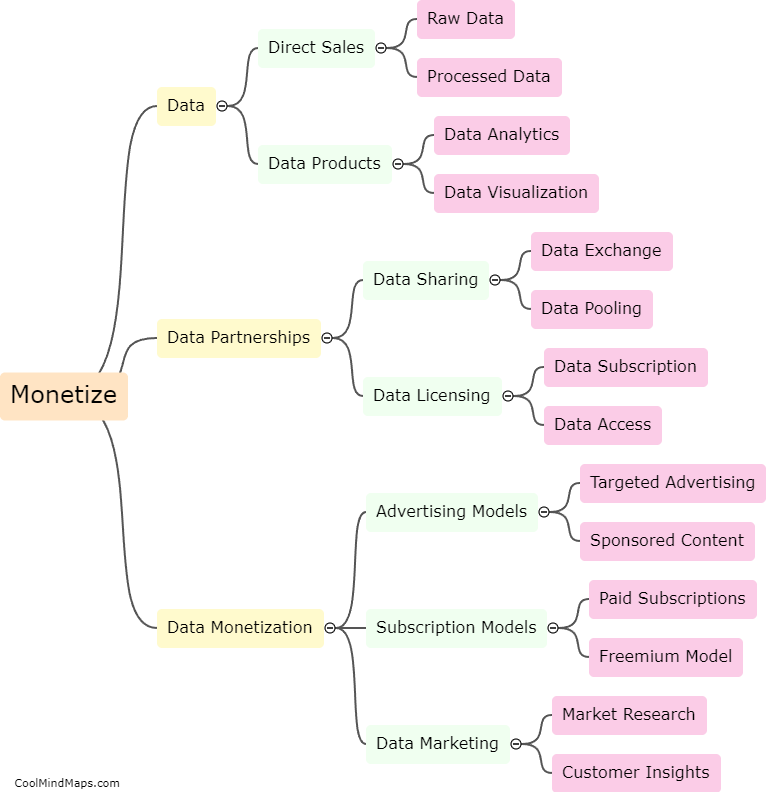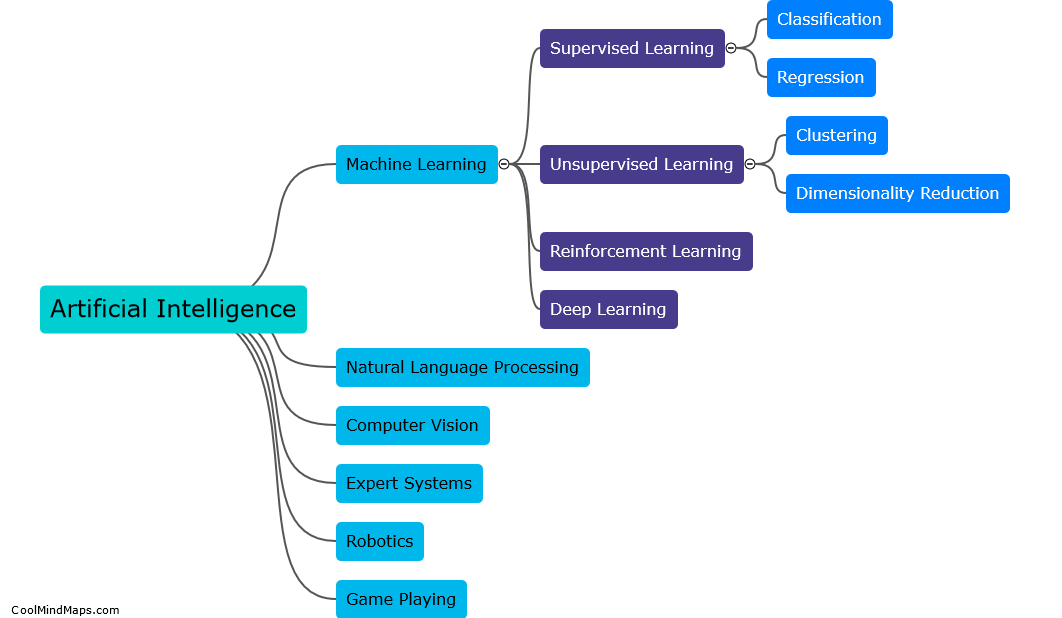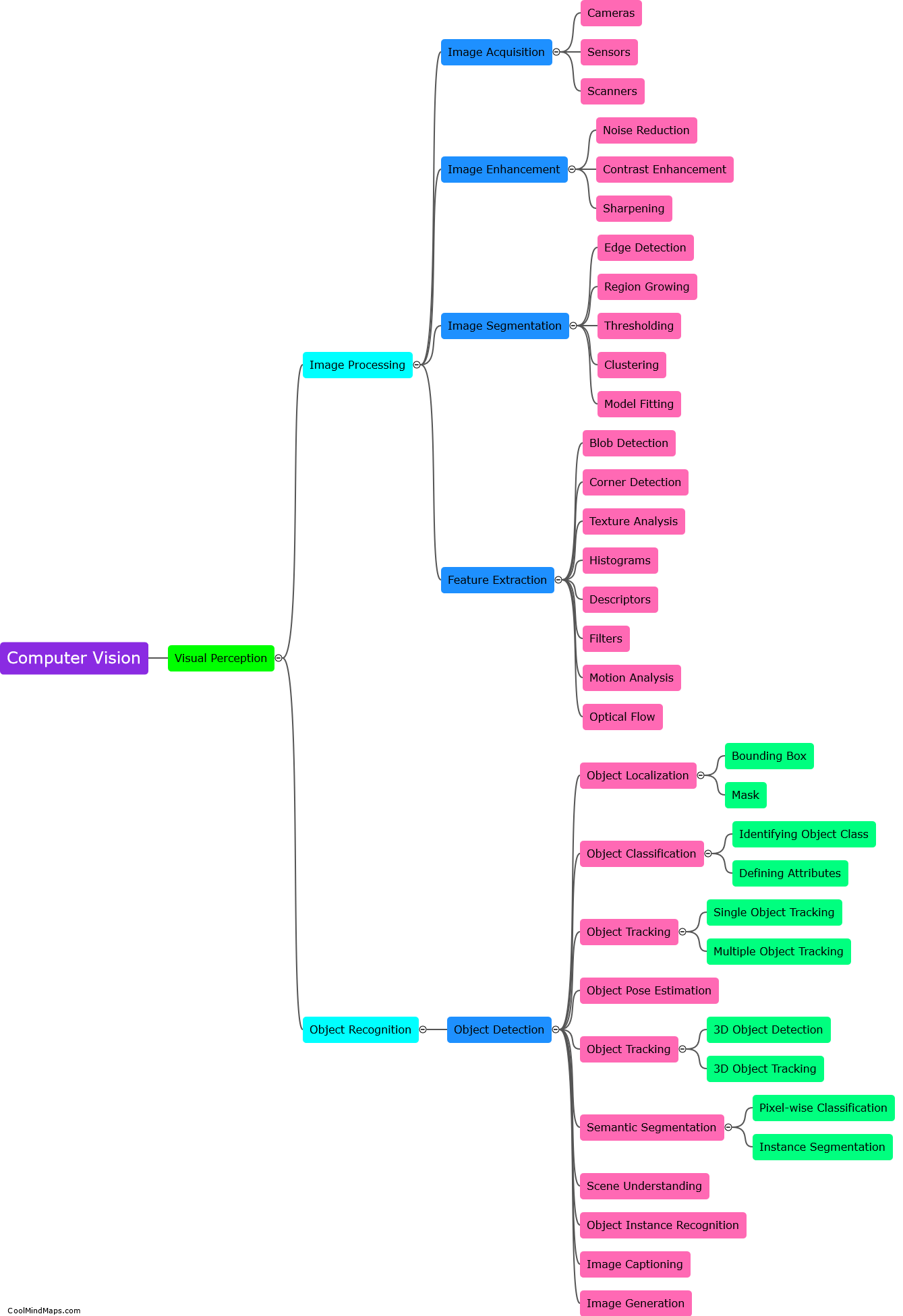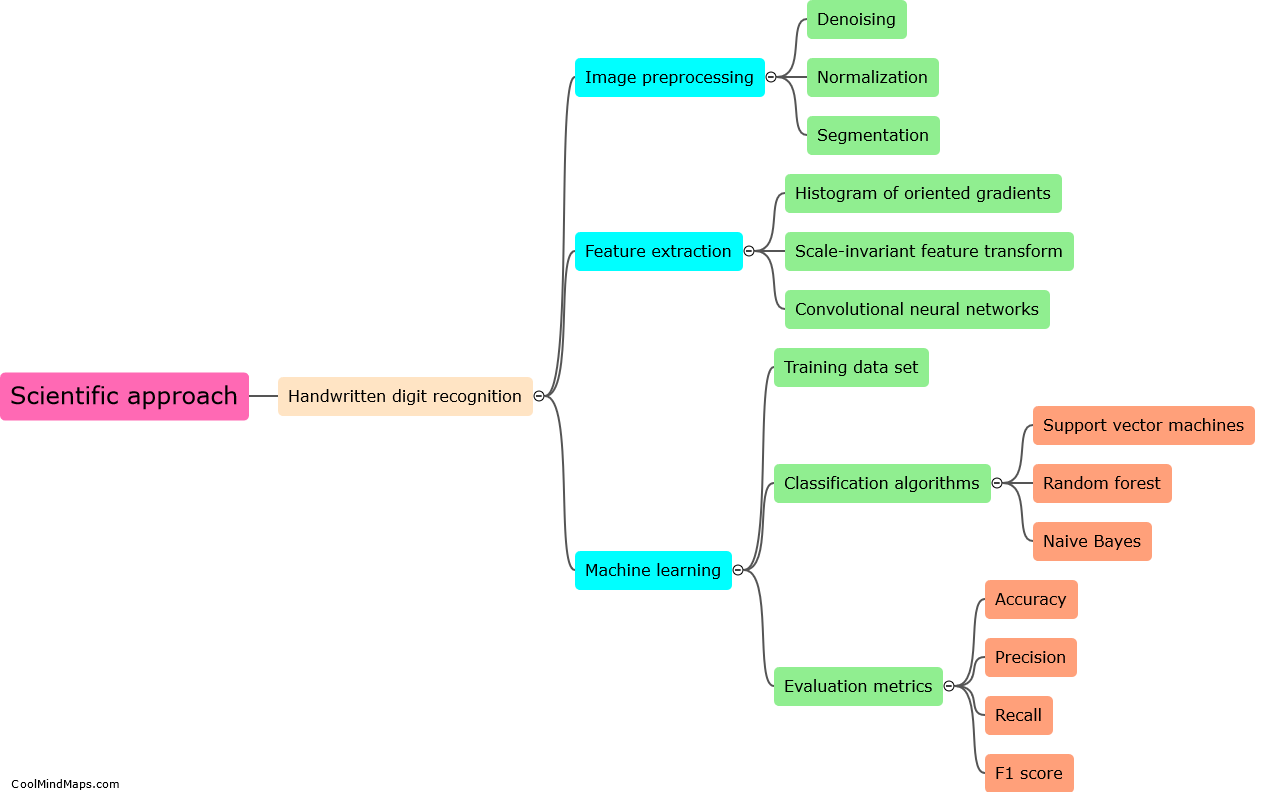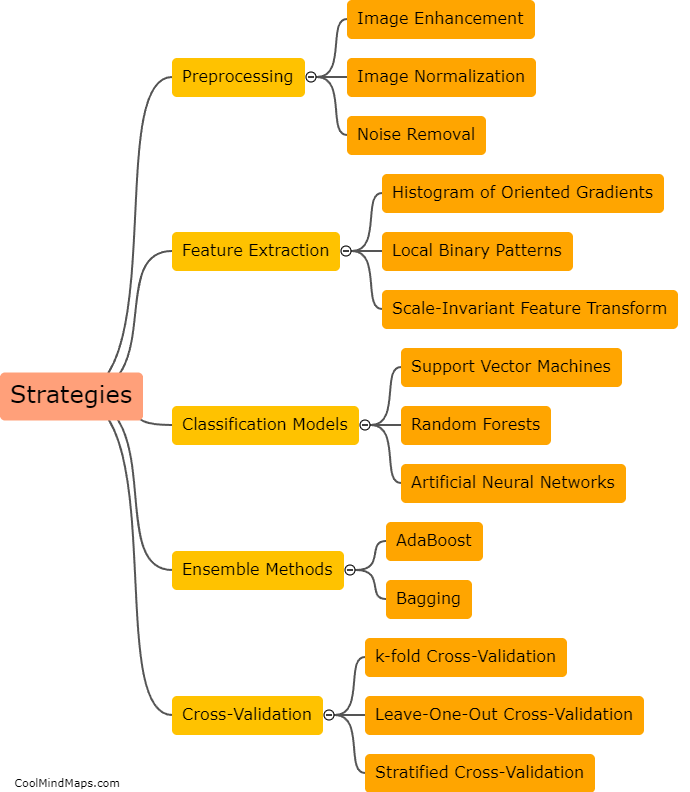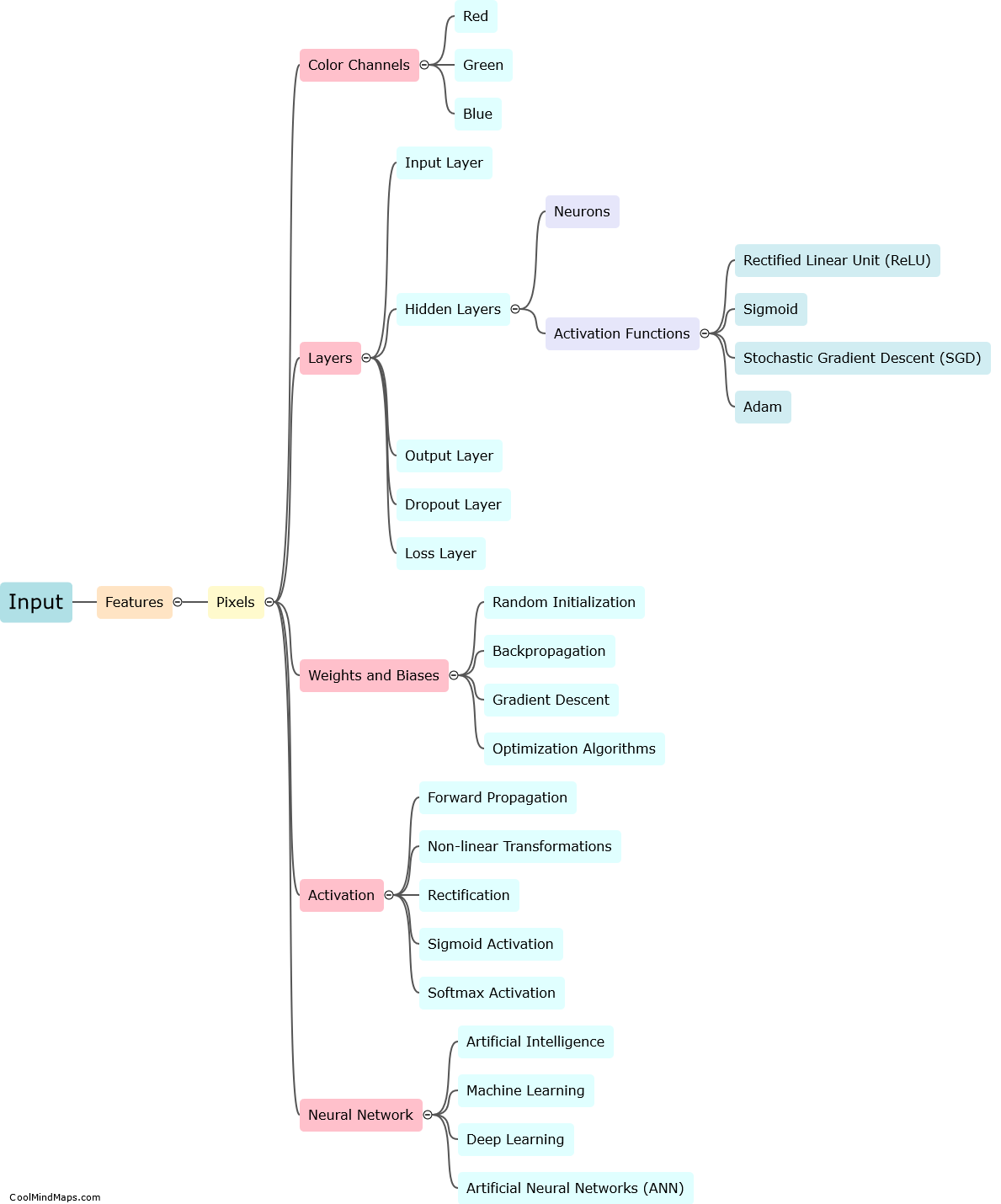How does the human brain recognize handwritten digits?
The human brain has remarkable capabilities for recognizing and interpreting handwritten digits. This process involves several key steps. First, the brain's visual cortex receives and processes visual information from the eyes, extracting relevant features like shape, lines, and curves. Then, the brain's feature detectors analyze these features and compare them to stored patterns in its memory to identify patterns that resemble known digits. This is made possible by the brain's ability to generalize and recognize common characteristics of different handwritten digits, such as the shape of a "4" or the loop of a "9". Additionally, the brain also considers context and prior knowledge to further refine its recognition process. Through continual exposure to handwritten digits and learning from experience, the brain becomes increasingly adept at recognizing and distinguishing between different handwritten digits. Overall, the human brain's ability to recognize handwritten digits is a complex and sophisticated process that combines visual processing, pattern recognition, memory retrieval, and contextual understanding.
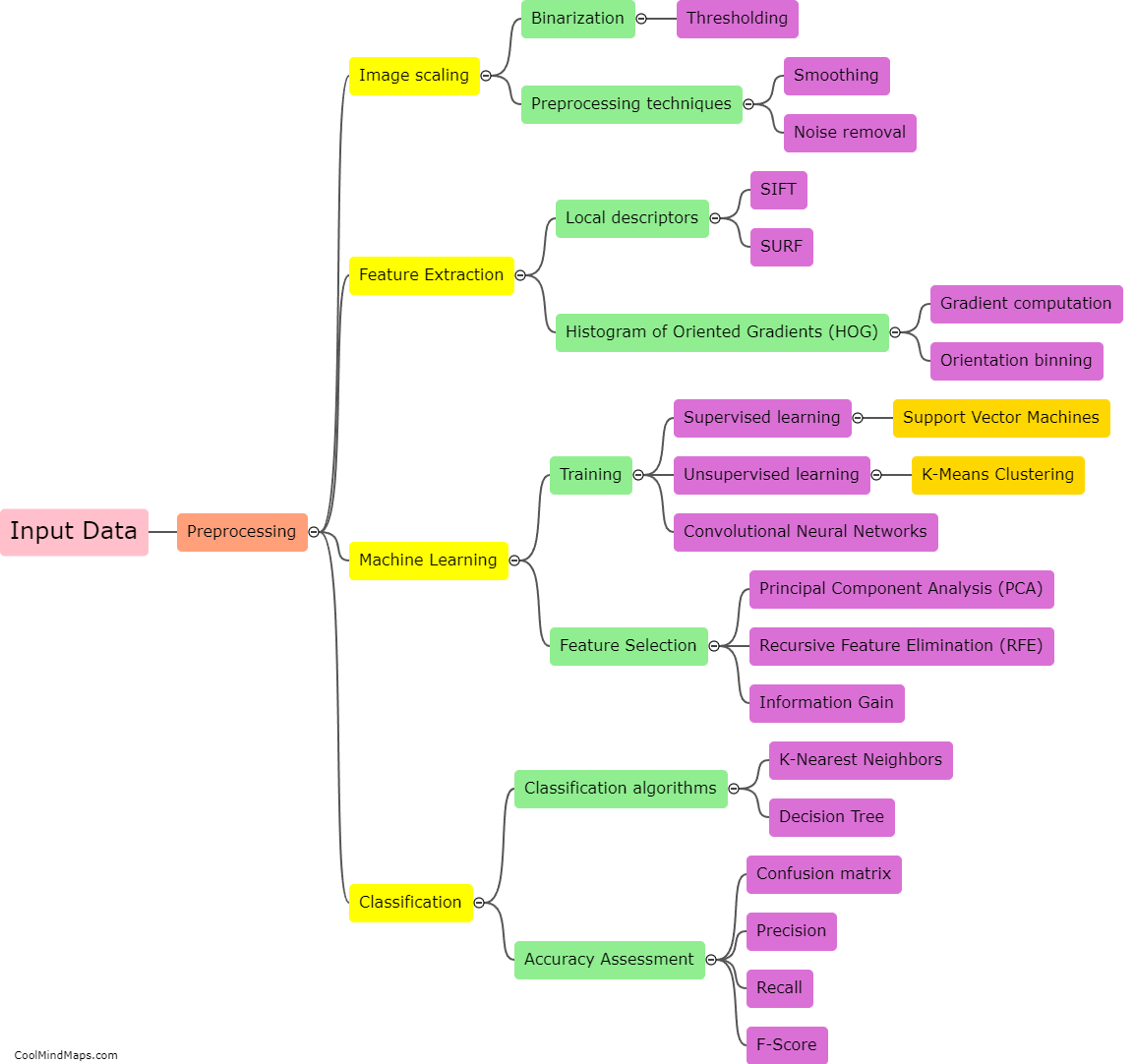
This mind map was published on 4 September 2023 and has been viewed 93 times.
